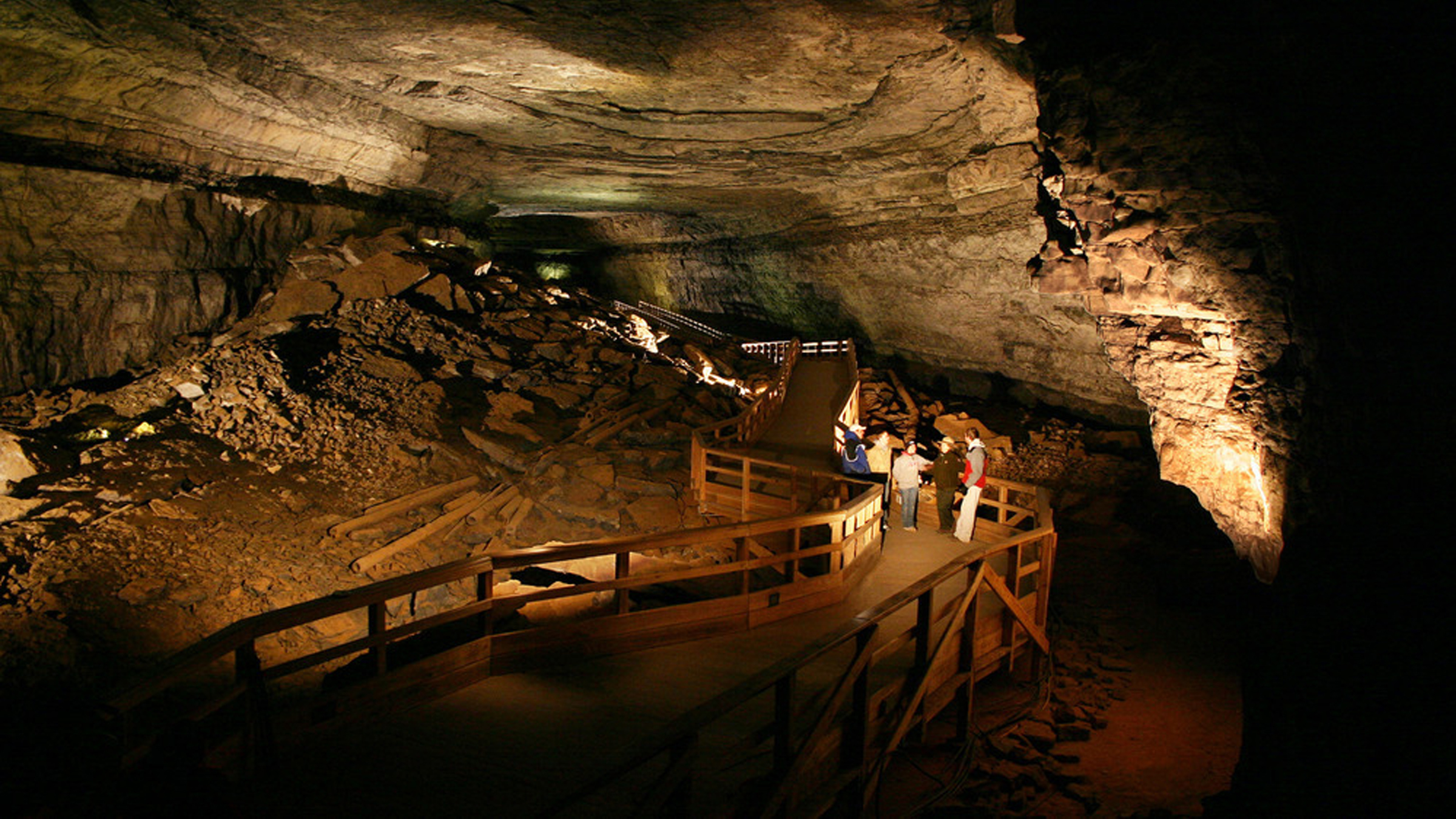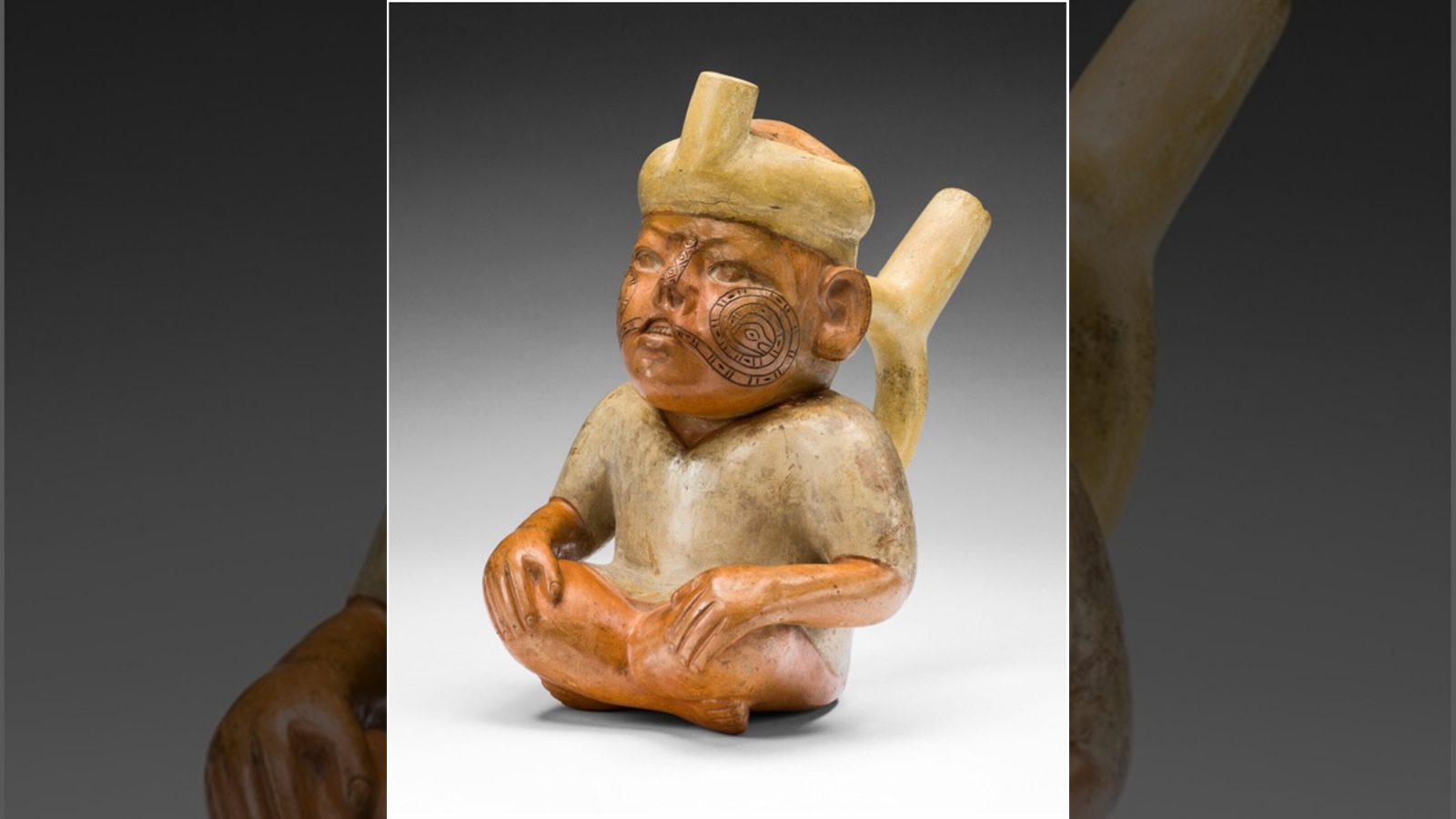Explorers add 8 miles to world's longest known cave system
Mammoth Cave National Park has set a new record.

The world's longest known cave system just set a new record after surveyors spent hours mapping an additional 8 miles (13 kilometers) of the passageways at Mammoth Cave National Park in Kentucky.
The corridors at Mammoth Cave now measure a whopping 420 miles (676 km) in length, according to the National Park Service (NPS). That's about the distance between New York City and Raleigh, North Carolina.
Mapping the cave system was a huge undertaking, carried out by volunteers at the Cave Research Foundation (CRF), a Kentucky-based nonprofit group, and other locals, including those from the Central Kentucky Karst Coalition.
"Many of the cave trips are long and arduous, involving climbing, vertical exposure, squeezes, crawlways, water and mud," Karen Willmes, the eastern operations manager with CRF, said in an NPS statement released on Sept. 11. "After the trip, cartographers turn the data collected on the cave trip into a map. Other volunteers provide surface support. It's a first-rate effort for a world-class cave, and we're proud to be a part of it."
Related: Photos: Amazing caves around the world
This isn't the first time that the Mammoth Cave system has "grown." It entered the record books in 1969, with a total of 65 miles (105 km) of documented passageways. Then, during a 14-hour survey in September 1972, CRF cavers discovered a connection between the Mammoth Cave system and the Flint Ridge system, bringing Mammoth Cave's total known distance to 144 miles (232 km).
Since then, additional CRF surveys have added mileage to the Mammoth Cave system, including the discovery of connections between it and smaller caves, such as Proctor Cave, Roppel Cave and Morrison Cave, according to the NPS statement.
Get the world’s most fascinating discoveries delivered straight to your inbox.
"When it comes to discoveries in Mammoth Cave, there truly is no end in sight!" officials at Mammoth Cave National Park posted on the park's Facebook page.
The Mammoth Cave system is an enormous labyrinth that formed through limestone erosion, a phenomenon scientifically known as karst topography, which is also seen in other soluble rocks, such as marble and gypsum. Karst topography occurs when water from rain and rivers from the ground's surface seep underground through cracks, fractures and holes and then travel far underground, slowly dissolving and shaping the soft underground bedrock into caves and other geologic features, according to a blog post by the U.S. Department of the Interior and the NPS.
Every year, more than 2 million people visit the cave system, which is home to 130 wildlife species, including 14 species of troglobites, or animals that exclusively live in caves, such as the eyeless southern cavefish (Typhlichthys subterraneus).
Mammoth Cave National Park is one of only 13 natural U.S. sites recognized as a World Heritage Site by the United Nations, which praises the caves for their "long passages with huge chambers, vertical shafts, stalagmites and stalactites, splendid forms of beautiful gypsum flowers, delicate gypsum needles [and] rare mirabilite flowers… No other known cave system in the world offers a greater variety of sulfate minerals." (Here's a list of the other natural World Heritage Sites in the U.S.)
Meanwhile, the longest underwater cave system in the world sits in the Mexican state of Quintana Roo on the Yucatán Peninsula. In 2018, researchers with the Great Maya Aquifer announced that two previously known underwater cave systems were connected, forming the larger Sac Actun system, which now measures 215 miles (347 km) long, Live Science previously reported.
Originally published on Live Science.

Laura is the managing editor at Live Science. She also runs the archaeology section and the Life's Little Mysteries series. Her work has appeared in The New York Times, Scholastic, Popular Science and Spectrum, a site on autism research. She has won multiple awards from the Society of Professional Journalists and the Washington Newspaper Publishers Association for her reporting at a weekly newspaper near Seattle. Laura holds a bachelor's degree in English literature and psychology from Washington University in St. Louis and a master's degree in science writing from NYU.


